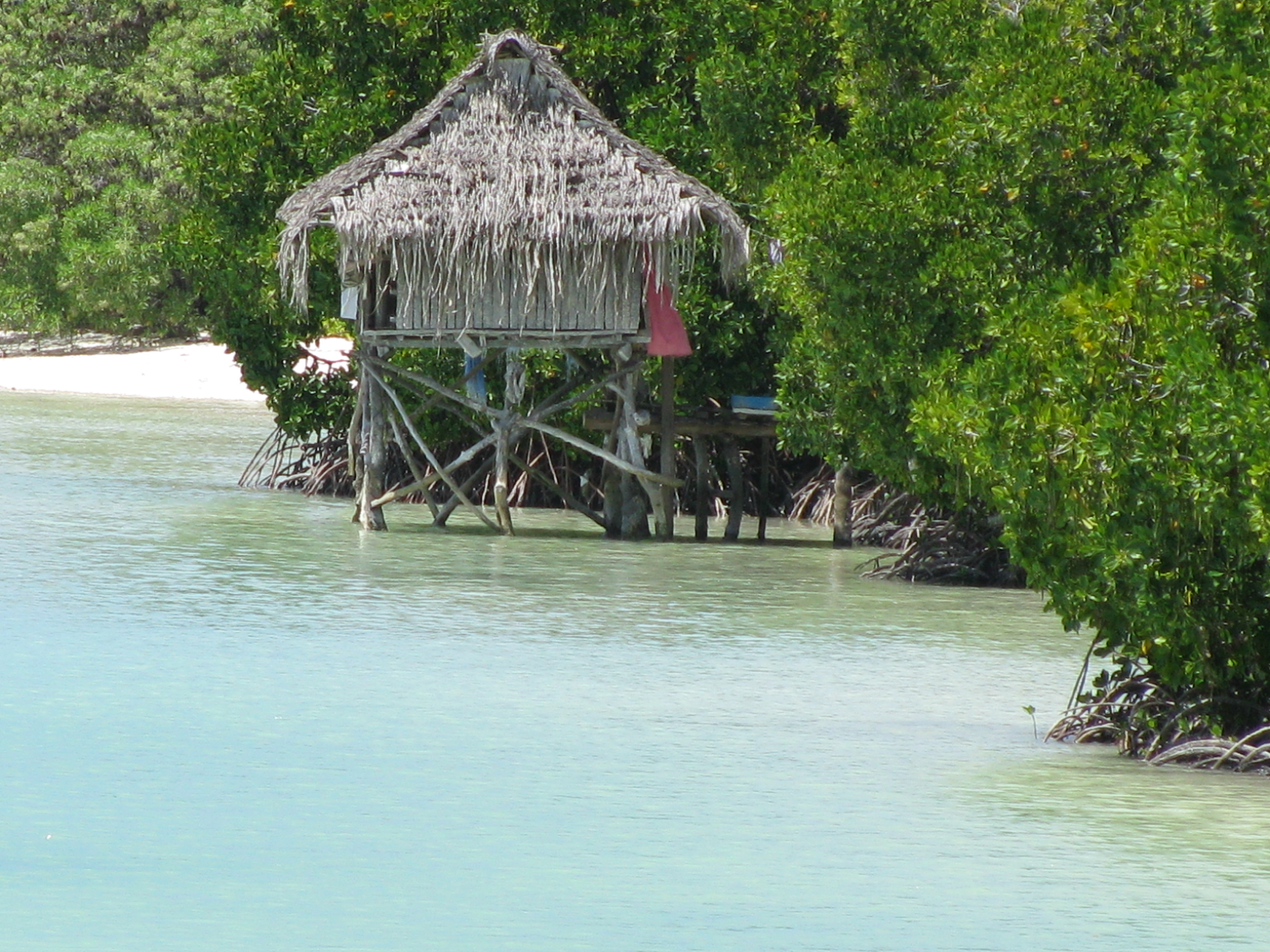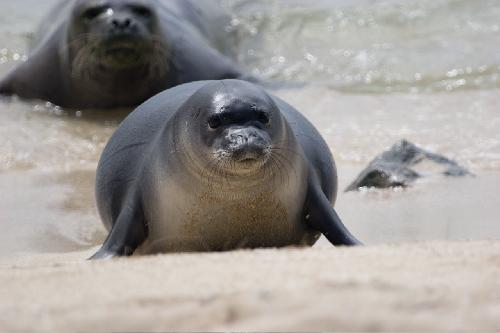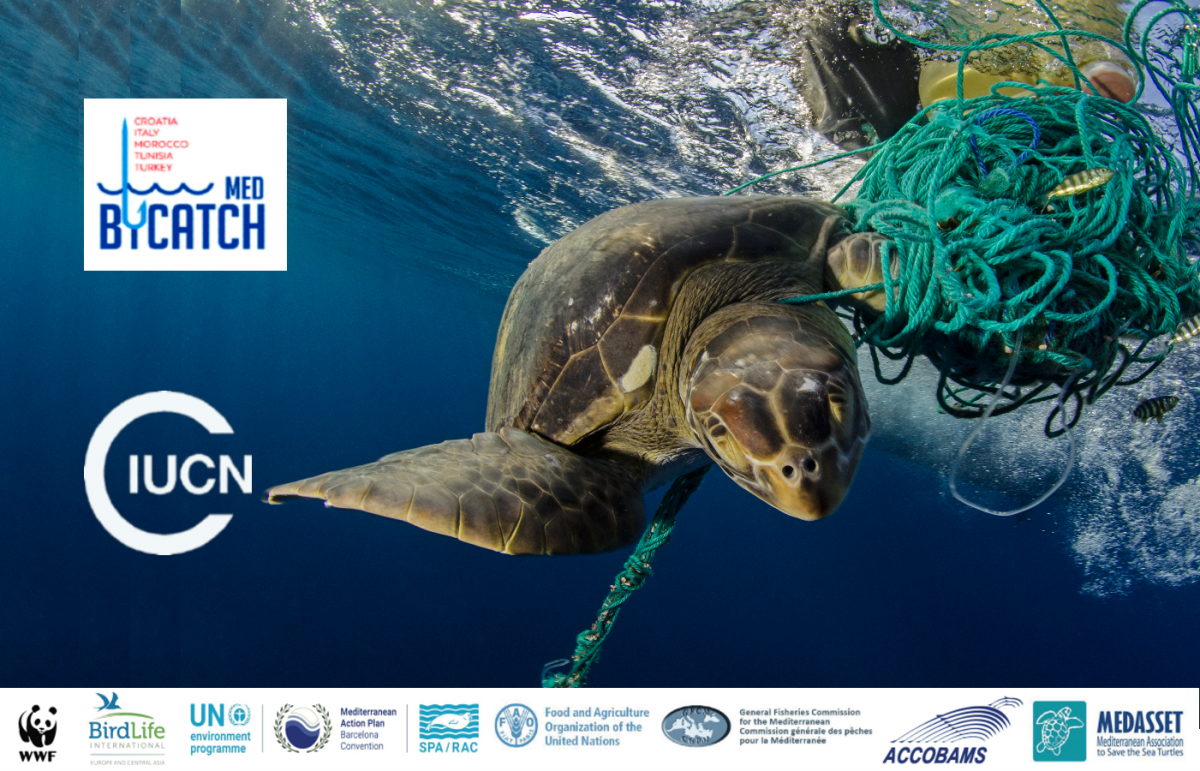Pacific Islands Come Together to Protect Marine Resources
Last week two of the world’s largest Marine Protected Areas (MPAs) announced a historic alliance to enhance the management and protection of almost 300,000 square miles of marine habitat in the Pacific Ocean.
President Anote Tong of the Republic of Kiribati signed an agreement with the United States that establishes a “sister site” relationship between the Papahânaumokuâkea Marine National Monument, located in the Northwestern Hawaiian Islands, and the Phoenix Islands Protected Area near the equator in the Republic of Kiribati.
“This commitment acts like a beacon to other small island nations; providing hope that together we can sustain livelihoods, conserve nature and address global change on islands,” says Kate Brown, Global Island Partnership (GLISPA) Coordinator. “Islands all across the world continue to show the value of working together regardless of whether they are from a large country or small island state – they are joined together by their islandness and have much to share.”
The partnership links the sites and is designed to enhance management knowledge and practices for these tropical and subtropical marine and terrestrial island ecosystems.
“This is fantastic news,” says Caitlyn Toropova, IUCN’s MPA Coordinator. “Not only must we come together to increase global commitments to protecting marine areas, but we must develop active networks that share information so that we can learn what methods are most effective.” Toropova is currently embarking on a global review of MPAs to identify gaps but also highlight success stories; the Pacific is one of the 18 regions under assessment.
Each site was nominated this year by their respective governments as World Heritage Sites, a designation of the United Nations Educational, Scientific and Cultural Organization (UNESCO). Managers of both sites will meet in November in French Polynesia to formalize the agreement.
Papahânaumokuâkea
When it was established in 2006, Papahânaumokuâkea was the largest marine protected area in the world, protecting natural, cultural and historic resources within an area of approximately 140,000 square miles (362,075 square kilometers). The monument’s extensive coral reefs are home to over 7,000 marine species, one quarter of which are found only in the Hawaiian Archipelago.
Papahânaumokuâkea is cooperatively managed to ensure ecological integrity and achieve strong, long-term protection and perpetuation of Northwestern Hawaiian Island ecosystems, Native Hawaiian culture, and heritage resources for current and future generations. Three co-trustees – the Department of Commerce, Department of the Interior, and State of Hawaii – joined by the Office of Hawaiian Affairs, protect this special place.
Phoenix Island
In 2008, the Phoenix Island Protected Area was founded to protect the archipelago’s terrestrial and marine resources, becoming the largest marine protected area in the world today at approximately 158,500 square miles (410,500 square kilometers). The coral reefs and bird populations of the islands are highly unique and virtually untouched by humans. The protected area also includes underwater seamounts and other deep-sea habitat.
The Phoenix Islands Protected Area is a unique partnership between the government of Kiribati that owns the Phoenix Islands, non-governmental conservation organizations and regional governments. It is supported through a unique “reverse fishing license” financing program, in which the government of Kiribati is reimbursed for the amount that they would have made from selling fishing licenses. The government of Kiribati and an advisory board, working collaboratively to ensure the long-term sustainability of this remarkable place, administers the trust.






